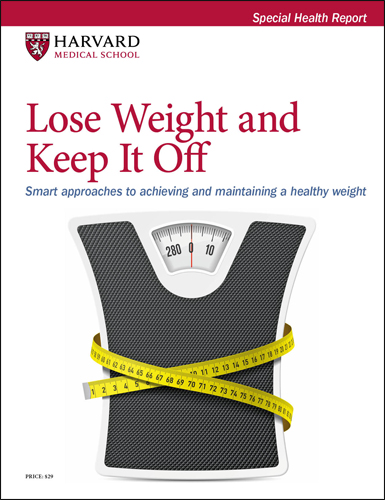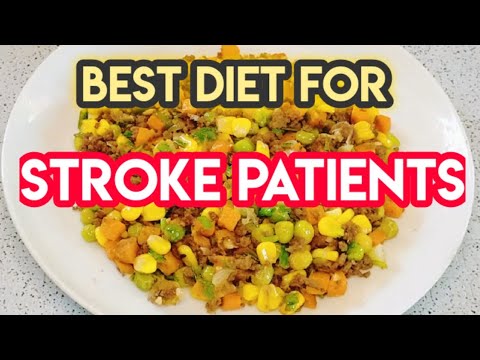
Health and Lifestyles is an representative survey of the British people. Its purpose is to discover the health status of the people, their diet and exercise habits. It was carried out between May-June 2009 and the findings have been widely covered. These data are used for determining the most effective health-care programmes. The study included a large number of people, around half of them over 40. Participation in the Health and Lifestyles Study has many benefits.
It is the nation's first large-scale study on British health and lifestyles. The findings of the survey examine the factors that affect a person's lifestyle, including physical fitness, psychological status, life circumstances, and health-related behaviour. This study focuses on the social and psychological environment of an individual and identifies patterns of health-related behaviors. It offers important insights into how these factors influence lifestyle and health. It helps researchers identify the causes of many common illnesses, as well as those that can be prevented.

Researchers who study lifestyle and health have to deal with two major issues. The first is the ability to measure the impact of health behaviors on a community. The second is that the analytical methods used are not up to date with theoretical developments. While some studies employ cluster analysis or factor analysis, most do not test causal hypotheses. They are nonetheless more thorough than most studies. Politicians will benefit from a more thorough understanding of the relationship between lifestyles and health.
Health and lifestyles research focuses on the differences between groups. Study results showed that children in the "safety issues" class had significantly lower behavior scores compared to children who were in "consistently positively" classes. Hypothetical children in the "safety" class were at or above the sampling mean for all outcomes. The results showed people with lower social status and those from higher socioeconomic backgrounds had healthier lifestyles that the rest.
Multiple studies have shown that the correlation between a healthy lifestyle with psychosomatic symptoms differs by gender and country. The more healthy a person lives, the lower their symptoms are. A healthy lifestyle led to a greater reduction in symptoms in boys from Greece and Ireland. These results are crucial for improving the quality of life for children and teens. This study also demonstrates the importance of a healthy lifestyle, including exercise and nutrition.

Complex relationship exists between psychosomatic symptoms (and healthy living) It is different for each country and for each sexe. A healthy lifestyle scores higher, which means that symptoms will be less severe. Further, the relationship between a healthy lifestyle and psychosomatic symptoms is most strongly associated with boys in countries with healthier lifestyles. The results vary across the globe. This study highlights the importance physical activity has on the quality of your life over the long-term.
FAQ
What is a good gym routine for you?
Regular exercise is essential to staying fit. It doesn't matter which type of fitness you choose, as long as it is done regularly. The most important thing is consistency. It is important to stay consistent in order to get results.
Begin small daily activities like walking. Increase the time you spend exercising each day until you can do 30 minutes. You can do this running, swimming weight training, yoga or aerobics classes.
It's important that you get your exercise done every day. Don't skip any sessions unless you have a valid reason for not attending.
If you exercise outside, ensure that you wear appropriate clothing and footwear. It is important to take into account the weather conditions, and how they may affect your ability to exercise safely.
While exercising, make sure to drink plenty water. Drinking alcohol during exercise can cause dehydration. Also, avoid caffeinated drinks such as coffee, tea, and cola. They may give you energy, but they will also dehydrate you.
At first, it's normal to feel tired after you finish your exercise routine. But if your workouts are continued, you will feel more energetic.
How fast can I transform myself?
The first step is to change your mind. It is important to first make the decision to change.
After you have made the decision to change, you should commit to working towards your fitness goals for at minimum 3 months.
Then you need to find a program that fits into your lifestyle.
Realistic expectations are also important. If you are unwilling to put in the time and effort necessary to achieve your goal, don't waste your money on a gym membership.
Instead, take advantage of your free time to exercise outside.
Spend an hour walking around the block every day and you will burn enough calories to lose 1 lb each week.
Once you have a plan, you can start to organize your life according to this plan.
It is important to set aside time every day for exercise before going to work. You can also take breaks throughout each day to get up and move.
It is important to reward yourself when you reach milestones. This could be buying accessories or clothing that reflect your success.
Are there any benefits to practicing yoga?
Yoga has existed since ancient times. It has only recently been more popular. Celebrities and ordinary people love yoga.
Yoga is great because it strengthens your muscles as well as stretches them. It calms you down and relaxes you.
Yoga is different from other types of exercise in that it focuses on breathing techniques.
Different poses can be practiced to increase flexibility and balance.
What is the best way to increase muscle mass?
Two main types of exercises are required for building muscle mass. These are the isolation exercises as well as compound movements. While compound movements focus on a single muscle, isolation exercises are focused on specific muscles.
You can improve your workouts by choosing exercises that challenge all major muscle groups. This will ensure that you work hard every session.
MyFitnessPal can help you keep track of your activity. It allows you to log everything from calories burned to weight lifting. You can also create customized meal plans based upon your goals.
Which is the best order to exercise?
It all depends what you want. You should start with heavy weights if your goal is to build muscle mass. Next, move on to cardio. You can then go to strength training if your goal is to lose weight.
Cardio can be done if you want to just lose fat. You can then add strength training.
If you are looking for muscle mass, cardio should be your last option. Cardio stimulates growth hormones and helps build muscle mass.
Eat before you go to the gym. This will give your muscles more fuel, so they work harder. It makes you feel better when you exercise.
Statistics
- By John Thompson Take a whopping 38% off a set of PowerBlock Pros. (menshealth.com)
- According to the American Academy of Dermatology (AAD), men over 50 are at a heightened risk of developing it. (healthline.com)
- An estimated calorie range for moderately active adult males falls between 2,200 to 2,800 calories per day, depending on age. (eatright.org)
- The PRS enabled risk stratification for overall prostate cancer and lethal disease with a four-fold difference between men in the highest and lowest quartiles (HR, 4.32; 95% confidence interval [CI], 3.16-5.89). (pubmed.ncbi.nlm.nih.gov)
- Get free shipping and 25% off today. (healthline.com)
External Links
How To
How does a man become fit in just 30 days?
It is best to break down difficult goals in small, manageable steps.
Each day you need to be working towards your goal. This could be anything from running 3km to doing 10 pushups in 5 minutes.
You will notice positive results if this is done consistently over time.
The key thing here is consistency. You must keep going until you succeed.
What's the difference between Aerobic Fitness & Anaerobic Fitness, and how can you tell?
Anaerobic fitness refers to the ability of our bodies to perform intense physical work without oxygen. Anaerobic pathways can be used to supply enough energy during high-intensity exercise. Anaerobic pathways include glycolysis, creatine phosphate, the phosphagen, lactic acid, etc.
Contrary to that, aerobic fitness is the ability to sustain low-intensity exercises for a long time. While performing aerobic exercises, oxygen is used as the primary source of fuel for the cells. In other words: The aerobic pathway gives more energy than that of the anaerobic.
For example, if you want to run a marathon, you must first build up your aerobic capacity. If you are only focusing on increasing your anaerobic capabilities, you won't finish the race.
Aerobic fitness is also known as cardiovascular fitness. The two most common methods of measuring cardiovascular fitness are VO2 max testing and step tests.
Test VO2 Max
VO2 max is the maximal amount of oxygen (O2) that the body uses during exercise. This test measures the body's ability to use O2 while exercising.
This test can measure your cardiovascular fitness accurately. The test is difficult to administer because it requires expensive equipment.
Step Tests
Step tests are a quick and easy way to test your cardiovascular fitness. They involve walking or jogging on a treadmill or track for a certain duration based on your age and weight.
These tests are simple to perform, cost-effective, and easily accessible from almost any location. You could, for instance, run on a treadmill for two minutes, rest for one minute, and then go back to the starting point for 20 minutes. You should maintain a constant heart rate throughout the session.
This method is known by the "Bruce Protocol". Bruce, a runner, developed this protocol after realizing that his heart rate did not rise when he ran longer distances.